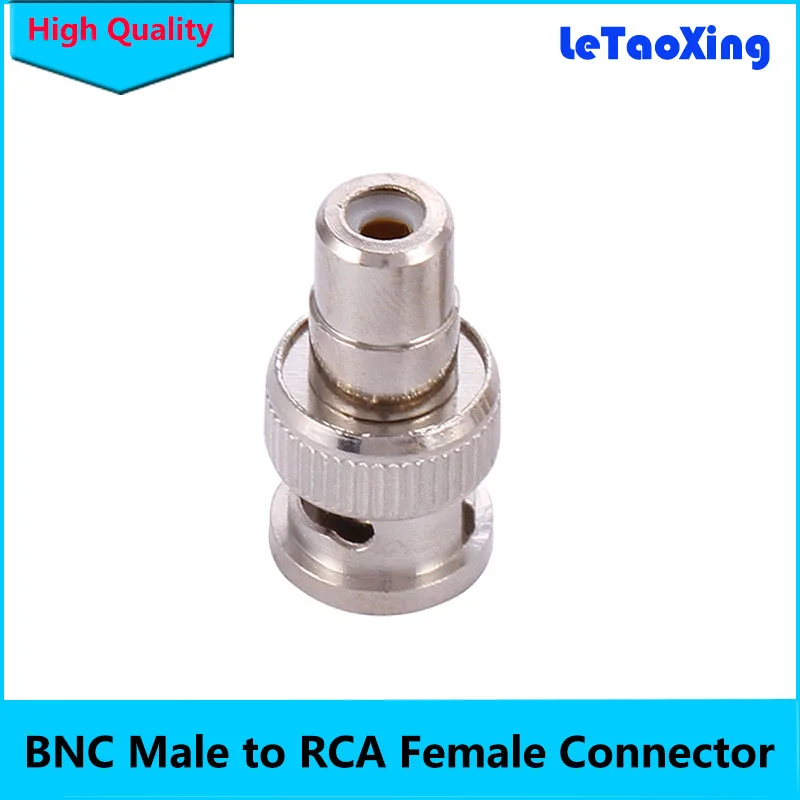

#COAX COUPLER FREE#
If you can't find what you're looking for with the search function please feel free to post a new question after reading the posting guidelines This terminology defines the power difference in dB between the two output ports of a 3 dB hybrid.Please use the search function to look for keywords related to what you want to ask before posting since most common issues have been answered. This results in a scattering matrix that is no longer all-zeroes on the antidiagonal. Some authors define the port numbers with ports 3 and 4 interchanged. Non-zero main diagonal entries are related to return loss, and non-zero antidiagonal entries are related to isolation by similar expressions. The coupling factor is defined as: C 3, 1 = 10 log ( P 3 P 1 ) d B C_ )=20\log |\kappa |\ Some of these, and other, general characteristics are discussed below. Parameters Ĭommon properties desired for all directional couplers are wide operational bandwidth, high directivity, and a good impedance match at all ports when the other ports are terminated in Power divider is used for devices with tight coupling (commonly, a power divider will provide half the input power at each of its output ports – a 3 dB divider) and is usually considered a 3-port device. Directional coupler tends to be used for 4-port devices that are only loosely coupled – that is, only a small fraction of the input power appears at the coupled port. Power dividers and directional couplers are in all essentials the same class of device. In this article have the meaning "parameter P at port a due to an input at port b".Ī symbol for power dividers is shown in figure 2. Effectively, this results in a 3-port device, hence the utility of the second symbol for directional couplers in figure 1. This termination can be internal to the device and port 4 is not accessible to the user. However, the device is not normally used in this mode and port 4 is usually terminated with a matched load (typically 50 ohms). A portion of the power applied to port 2 will be coupled to port 4.


Directional couplers are frequently symmetrical so there also exists port 4, the isolated port. Port 2 is the transmitted port where the power from port 1 is outputted, less the portion that went to port 3. Port 3 is the coupled port where a portion of the power applied to port 1 appears. Port 1 is the input port where power is applied. The symbol may have the coupling factor in dB marked on it. The symbols most often used for directional couplers are shown in figure 1. Two symbols used for directional couplers These include providing a signal sample for measurement or monitoring, feedback, combining feeds to and from antennas, antenna beam forming, providing taps for cable distributed systems such as cable TV, and separating transmitted and received signals on telephone lines. Many of these waveguide couplers correspond to one of the conducting transmission line designs, but there are also types that are unique to waveguide.ĭirectional couplers and power dividers have many applications. Also at microwave frequencies, particularly the higher bands, waveguide designs can be used.

However, lumped component devices are also possible at lower frequencies, such as the audio frequencies encountered in telephony. This technique is favoured at the microwave frequencies where transmission line designs are commonly used to implement many circuit elements. A directional coupler designed to split power equally between two ports is called a hybrid coupler.ĭirectional couplers are most frequently constructed from two coupled transmission lines set close enough together such that energy passing through one is coupled to the other. Power entering the output port is coupled to the isolated port but not to the coupled port. An essential feature of directional couplers is that they only couple power flowing in one direction. They couple a defined amount of the electromagnetic power in a transmission line to a port enabling the signal to be used in another circuit. Power dividers (also power splitters and, when used in reverse, power combiners) and directional couplers are passive devices used mostly in the field of radio technology. A 3 dB 2.0–4.2 GHz power divider/combiner. From left to right: input, coupled, isolated (terminated with a load), and transmitted port.


 0 kommentar(er)
0 kommentar(er)
